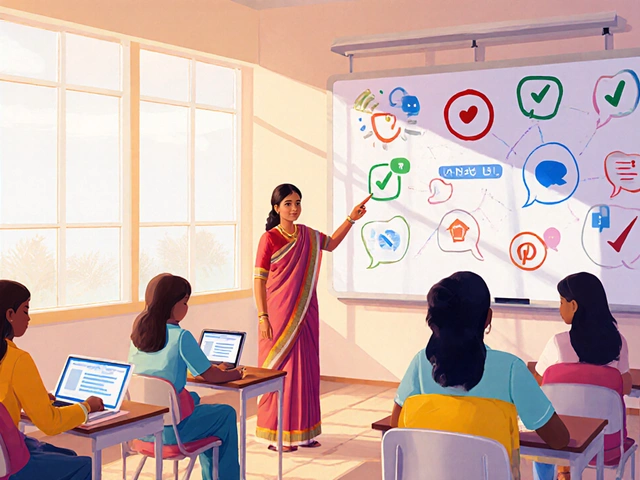Curriculum Comparison
When working with Curriculum Comparison, the systematic analysis of different educational programs, courses, and learning pathways to highlight strengths, gaps, and alignment with goals. Also known as program comparison, it helps students, educators, and policymakers make informed choices about what to study, how to teach, and where to invest resources.
Why Compare Curricula?
One major reason people start a curriculum comparison is to see how the MBA curriculum, core subjects, electives, and experiential projects designed for business leaders stacks up against a traditional engineering track or a fast‑track online degree. The MBA curriculum typically emphasizes case studies, finance, and leadership, while an engineering curriculum leans heavily on mathematics, labs, and design projects. By mapping these attributes side by side, you can spot where a program matches your career timeline, financial constraints, or learning style.
Another hot comparison pair involves the CBSE curriculum, the Indian school board’s standardized set of subjects, assessment methods, and textbooks used in millions of classrooms and international curricula like the International Baccalaureate (IB). The CBSE curriculum focuses on a broad base of science, maths, and language skills, whereas IB adds a strong emphasis on inquiry‑based learning and interdisciplinary projects. Understanding these differences helps parents and students decide whether to stay local, move abroad, or blend elements from both systems.
Technology‑driven learning also benefits from curriculum comparison. For instance, a coding curriculum, structured sequence of programming concepts, languages, and project work used in bootcamps and online courses can be weighed against a traditional computer science degree. Coding curricula often prioritize hands‑on project blocks, rapid language adoption (like Python or HTML), and industry certifications, while university programs dive deeper into theory, algorithms, and mathematics. Comparing these pathways reveals which route delivers marketable skills faster and which builds a stronger theoretical foundation for long‑term growth.
Beyond individual programs, curriculum comparison influences broader decisions such as choosing an e‑learning platform or a government job preparation track. Platforms like Google Classroom, Coursera, or a local vocational institute each embed their own curriculum designs—some focus on micro‑learning modules, others on full‑semester courses. By assessing instructional design, assessment methods, and learner support, you can gauge which platform aligns with your schedule and learning preferences. Similarly, comparing the curriculum of a civil service exam preparation course with a standard university syllabus helps aspirants allocate study time efficiently and avoid redundant content.
The articles below dive into these exact comparisons. Whether you’re weighing an MBA against a tech bootcamp, figuring out the best CBSE school abroad, or hunting the quickest path to a coding gig, the collection offers real‑world data, step‑by‑step guides, and practical tips that turn abstract analysis into actionable decisions.
CBSE vs American School: Which Curriculum Is Truly Tougher?
0 Comments
Discover the real differences between CBSE and American school curriculums, including teaching styles, assessment methods, and student experiences. Get the straight facts.
Read More




